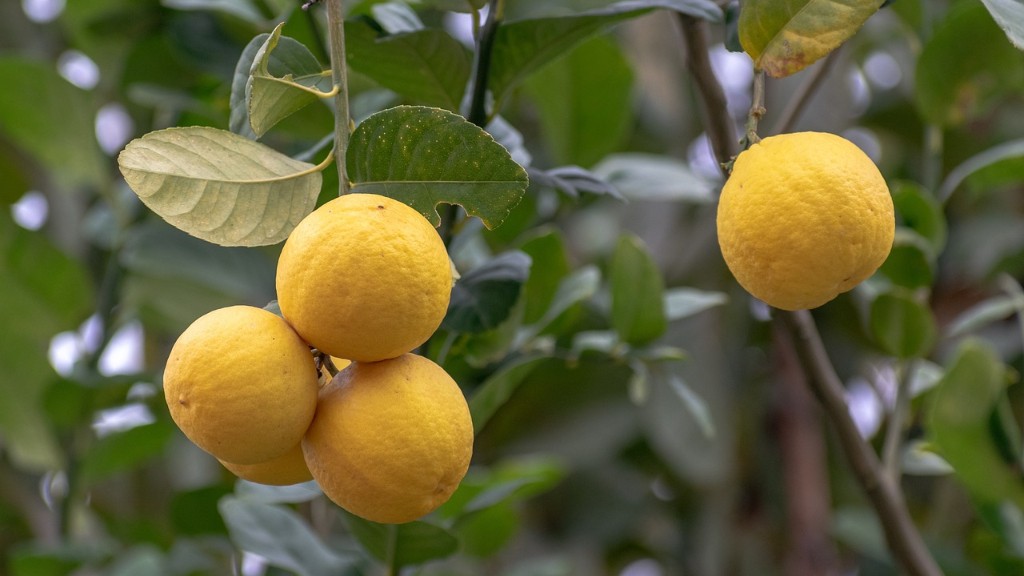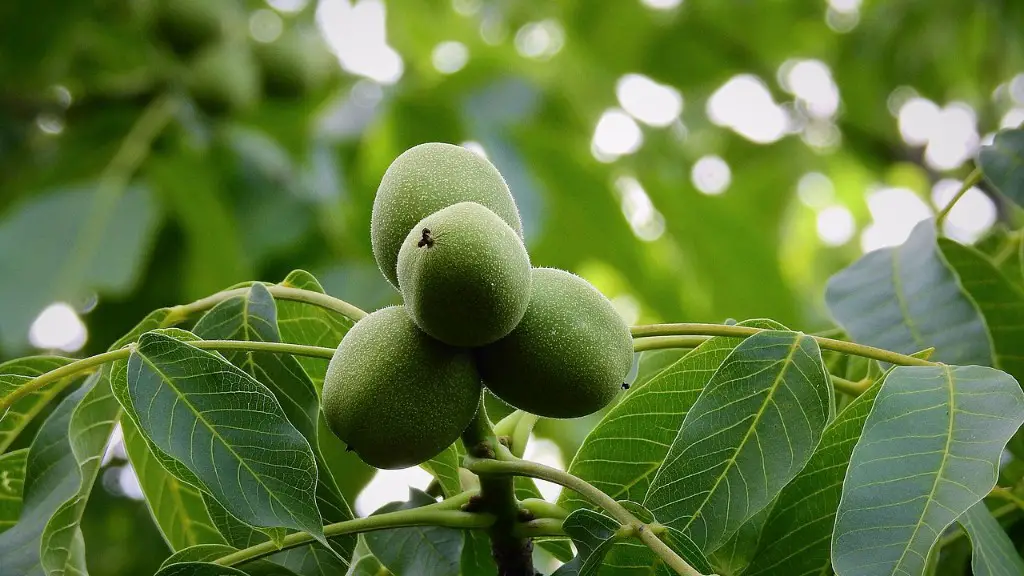Can you root lemon tree cuttings? This is a common question among gardeners, and in general, the answer is yes. Lemon tree cuttings can be rooted quite easily, provided they receive adequate care and the necessary environment. To get started, one must know the basics of taking cuttings and providing the necessary conditions for success.
To take a cutting from a lemon tree, one should first choose a healthy, rigid stem from the tree. Make sure it is at least 6 inches in length and do not use any stems that are growing horizontally. When taking the cutting, make sure to slice it diagonally just below a leaf node. The leaf node is the place on the stem where leaves or flowers will usually sprout and is an important area for root development in the cutting.
The cuttings should then be “prepared” before they are planted. Start by removing all but the two upper leaves and trimming any flower stalks to prevent them from growing. Dip the base of the cutting in a rooting hormone such as a vitamin B-1 mixture. This hormone helps the cutting establish a strong root system.
Once the cutting has been prepared and treated, it is ready to be planted. Use a potting soil that drains well, and make sure it is loose and fluffy. Place the cutting into the soil at a 45-degree angle and press the soil firmly around it. Place the pot in a location that receives at least six hours of sunlight a day, and water it regularly.
Cutting can be tested for root development every few weeks. To do this, gently pull on the base of the cutting and if it resists, it has rooted. A citrus tree cutting that has rooted should be repotted into a larger container, using a soil mix specially formulated for citrus trees.
Soil and Temperature
For the best chance of success when rooting lemon tree cuttings, it is important to ensure the temperature and soil moisture levels remain consistent. Low temperatures or drought conditions can make it harder for the cutting to establish a sufficient root system. Heat mats and greenhouses are ideal conditions to ensure these parameters remain ideal.
The soil used should also be kept evenly moist, yet not saturated with water. Too much water can encourage root rot or create other negative conditions, such as lack of oxygen. When watering, allow the cutting to become almost bone dry before re-watering.
Fertilizer Use
Fertilizer is important when starting to root a lemon tree from a cutting. It is best to use a general purpose, water-soluble fertilizer that is applied at half the recommended strength. Too much fertilizer can cause salt burn, a condition in which new growth will have yellow tips, stunted root systems and burn leaves.
It is not necessary to fertilize the cutting until after it has rooted. Once the roots have started to spread, the cutting should be fertilized every couple of weeks with a citrus specific fertilizer. This type of fertilizer helps promote the development of essential nutrients needed for the growth of a healthy lemon tree.
Potting and Transplanting
Once the cutting has rooted, it is important to pot it as soon as possible. This helps ensure the new root system is used to its fullest potential. As with rooting a lemon tree cutting, the potting soil must be well draining and of the correct consistency. Citrus potting soils are the ideal choice for this.
Once the cutting reaches 8-10 inches in height and has grown several branches, it can be transplanted outside. If planting in an area with a colder climate, wait until the average temperature is warmer. Planting the cutting too soon in cold weather can cause it to struggle and fail to produce fruit.
Winter Protection
If the lemon tree cutting is planted somewhere with colder temperatures, it must be either moved indoors during the winter months or provided with additional insulation. Blanketing the tree with a number of layers of burlap can help keep cold air away, while some varieties of citrus can be brought indoors and placed in the sunniest window the house has.
When bringing indoors, be sure to keep the tree in a cool location away from heaters and other vents. Too much heat will cause the tree to struggle and make it harder for the tree to establish a healthy root system.
Pruning and Training
Once the lemon tree cutting is established and producing fruit, it is important to keep it well pruned. Most citrus trees do not require pruning, although regular pruning can help create a more uniform size and shape to the trees limbs. Additionally, it can help keep the tree producing larger, higher-quality fruits.
Training the tree is also important. When fruits are small and far away from the trunk, tying the boughs back to the main trunk will help reduce the amount of weight on the tree and support the branches. This helps improve air circulation and make it easier to harvest the fruits when they are ripe.
Pests and Disease
Finally, it is important to consistently monitor for pests and diseases. While pest infestations can be managed with regular spraying, diseases such as citrus greening have become a major concern. Regularly check the leaves for a pale yellow mottling, as this is a clear symptom of citrus greening.
If citrus greening is suspected, contact a professional for advice, as there are no cures known at this time. If the tree is not infected, there are a few common pesticides available that can help keep pests away, but it is important to research the product before using.




